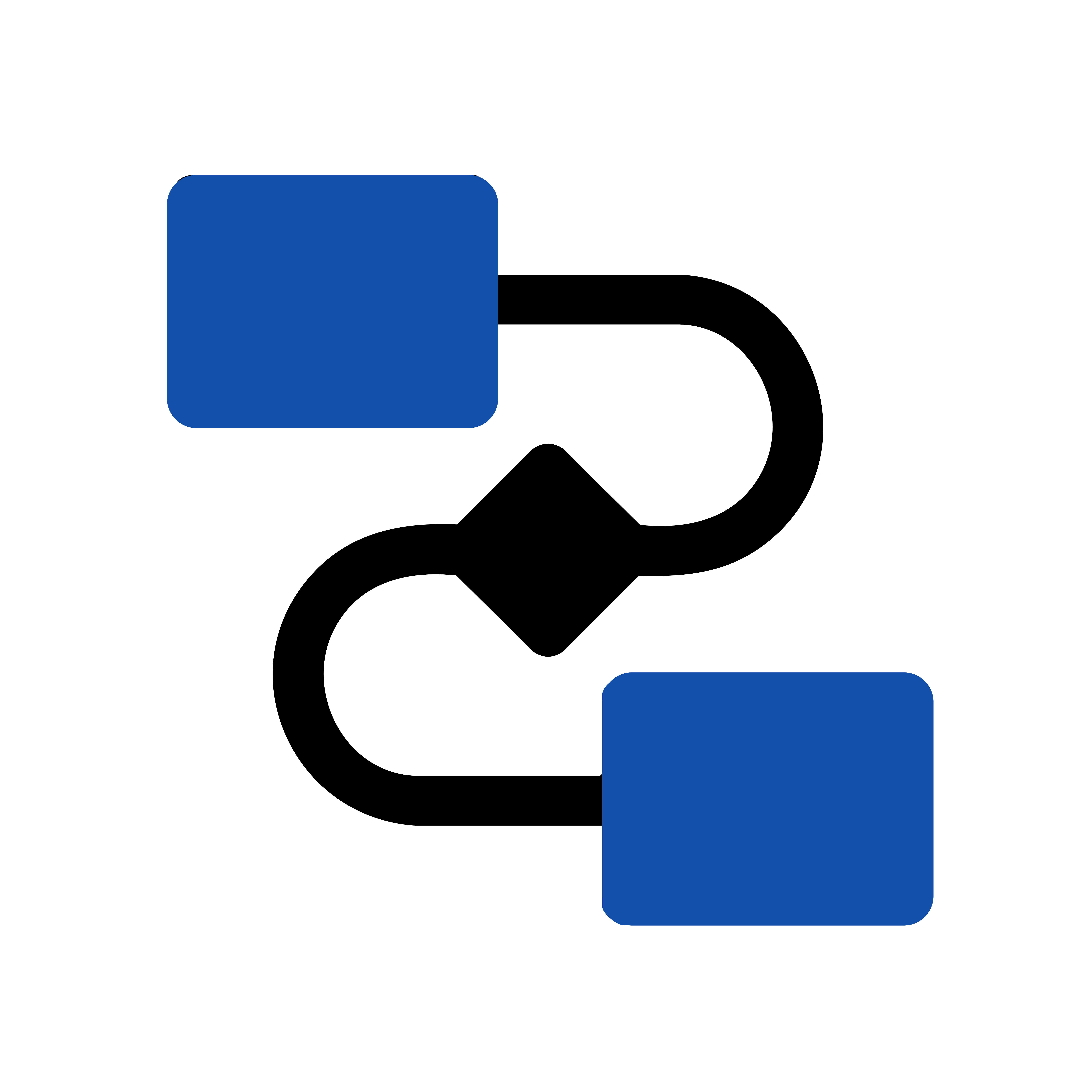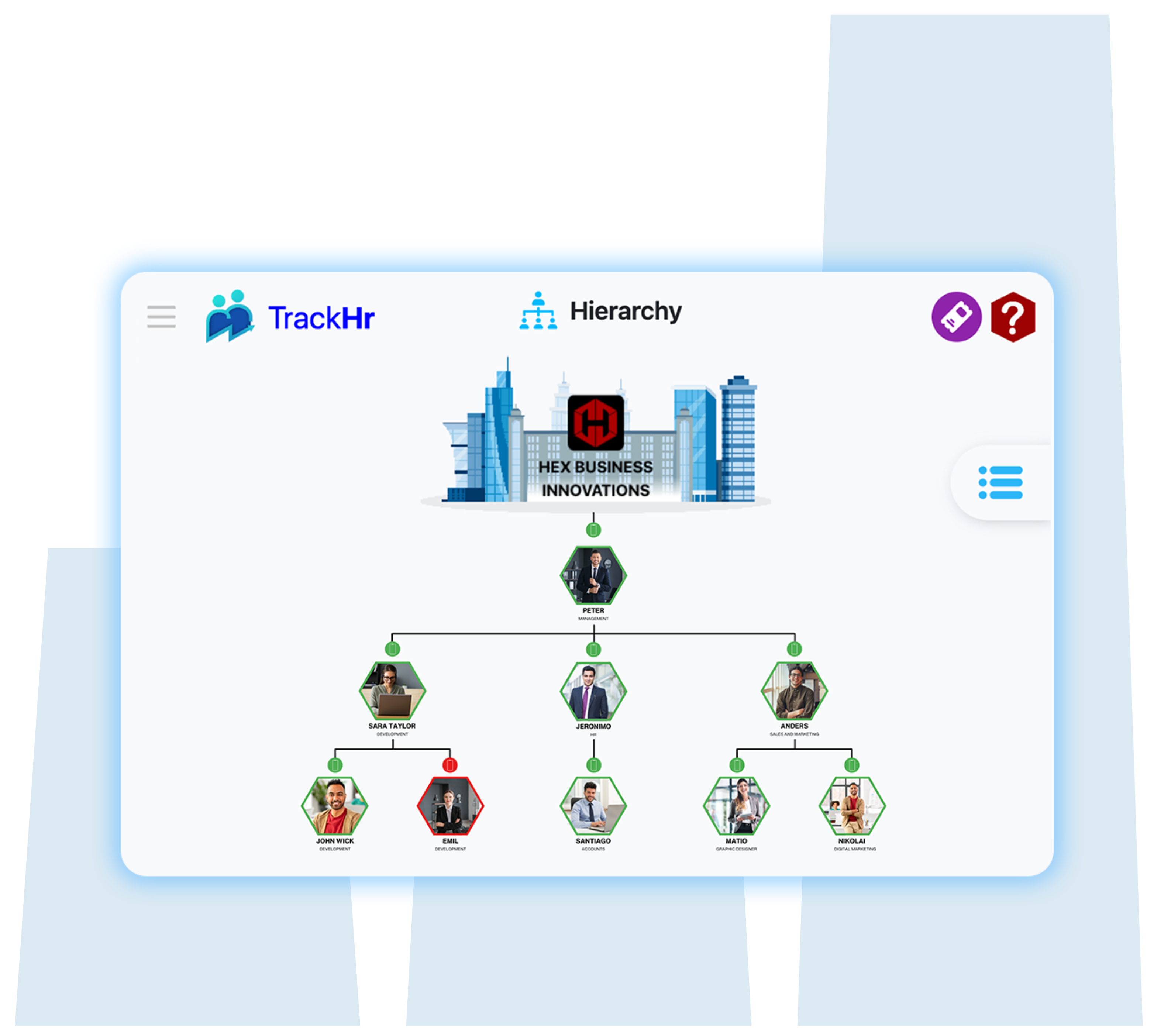Tuesday, 02 Jul 2024
Boosting Efficiency: How GPS-Based Employee Attendance Tracking Helps Businesses with Field Employees
In today’s fast-paced business environment, managing a team of field employees presents unique challenges. One of the most critical aspects of this management is tracking attendance accurately. Traditional methods, such as manual logins or paper timesheets, are prone to errors and can be easily manipulated. This is where GPS-based employee attendance tracking comes into play, offering a robust solution that not only enhances accuracy but also boosts overall operational efficiency.
![]()
1. Accurate Attendance Recording
GPS-based attendance systems provide precise data on when and where an employee starts and ends their workday. This eliminates discrepancies and ensures that the recorded attendance is accurate. The system automatically logs the exact location and time, reducing the chances of human error and fraudulent entries.
2. Enhanced Productivity
When employees know that their attendance and location are being tracked in real-time, they are more likely to adhere to their schedules and work more efficiently. This can lead to a significant increase in productivity as employees spend less time on non-work-related activities and focus more on their tasks.
3. Improved Accountability
With GPS tracking, managers can monitor the movements of their field employees throughout the day. This transparency fosters a culture of accountability, as employees are aware that their activities are being tracked. It also helps managers to identify any inefficiencies or areas where improvements are needed.
4. Streamlined Payroll Processing
One of the major headaches for businesses is processing payroll accurately and on time. GPS-based attendance systems integrate seamlessly with payroll software, automating the calculation of working hours and overtime. This reduces administrative workload, minimizes errors, and ensures employees are paid correctly for the hours they have worked.
5. Enhanced Security and Safety
For businesses with field employees, ensuring their safety is paramount. GPS tracking can provide real-time data on the location of employees, which can be crucial in emergency situations. If an employee is in danger or needs assistance, their location can be quickly identified, allowing for a swift response.
6. Better Resource Allocation
By analyzing the data collected from GPS tracking, businesses can gain valuable insights into their field operations. Managers can identify patterns and trends, such as the most and least productive times of the day, and adjust schedules or allocate resources more effectively. This helps in optimizing routes, reducing travel time, and cutting down on fuel costs.
7. Enhanced Customer Service
For businesses that rely on field employees to provide services to customers, timely and efficient service is critical. GPS tracking ensures that managers can keep track of their employees’ locations and assign tasks based on proximity to the customer, thereby reducing wait times and improving customer satisfaction.
8. Environmental Benefits
Optimized routes and reduced travel time not only save costs but also have a positive impact on the environment. By minimizing unnecessary travel and ensuring efficient use of resources, businesses can reduce their carbon footprint and contribute to sustainability efforts.
Conclusion
Implementing GPS-based employee attendance tracking is a game-changer for businesses with field employees. It enhances accuracy, boosts productivity, ensures accountability, streamlines payroll processing, and improves overall operational efficiency. Additionally, it contributes to employee safety, better resource allocation, enhanced customer service, and environmental sustainability. In a world where every minute counts, leveraging technology to optimize field operations is not just an option—it’s a necessity for businesses aiming to stay ahead in a competitive landscape.
By adopting this innovative solution, businesses can transform their field operations, leading to significant cost savings, improved employee performance, and a better bottom line.






